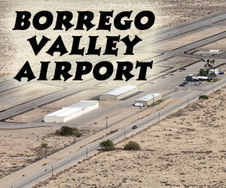Bark Beetle Makes Way In Julian
Last updated 8/10/2017 at 1:55pm
The Bark Beetle has taken a serious toll on the native oak trees in the back country including parts of the mountains in and around Julian.
This epidemic has been going on for years. The Drought that occurred in the last several years has made matters worse, Oak trees bcoming more susceptible to the beetle and San Diego forests have been severely impacted.
In 2008 the GSOB, gold-spotted oak borer, has been found attacking three species of oak trees around San Diego County’s Cleveland National Forest, the trees are the coast live oak, California black oak, and canyon live oak.
A year ago it was evident while visiting Vulcan Mountain how much destruction this beetle has caused.With trees dying and many being cut down in an effort to fight the spread of the GSOB.
The GSOB has been responsible for the death of over 100,000 oak trees in San Diego back country and the number continues to grow every day.
The University of California Riverside Natural Resources Specialist, Tom Scott predicted in 2011 that the Julian area would continue to lose 17 percent of its oak trees each year as a result of the beetle. Gov. Jerry Brown declared a state of emergency due to the loss of trees in California.
Some relief has been seen with the ending of the Drought and the 2017 rains. Efforts are constantly being made by the U.S. Forest Service to cut down infested trees and prevent the spread of the beetle.
Signs that your trees could be infested are: – thinning on the crown of the tree, “D” shaped exit holes in the bark and trunk, woodpecker damage as they eat the beetles bark staining or black areas where there is sap being released.
Firewood can harbor harmful insects moving around infested wood can introduce these pests to new areas
Female GSOBs lay eggs in the cracks and crevices of oak bark and may not be visible to the naked eye.



